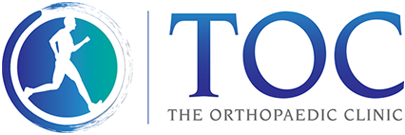Services & Treatments
Herniated Disc (Cervical)
Overview
This condition is a rupture of one of the vertebral discs in your neck. A herniated disc can allow disc material to press harmfully against the spinal nerves.
Anatomy
Vertebral discs are tough, elastic pads that act as shock absorbers for the vertebrae. They cushion the vertebrae and allow the spine to twist and bend. Each disc has a tough, fibrous outer wall and soft inner nucleus.
Herniation
A herniated disc can result from the normal wear and tear of aging. It can be caused by heavy lifting or by sudden, damaging motions. It can also be caused by a traumatic spine injury. In a typical rupture, small cracks or tears form in the disc's outer wall. The soft material in the nucleus pushes through this weakened area. This disc material can bulge into the spinal canal. It can press against the spinal cord. It can also press against nerve roots.
Symptoms
A herniated cervical disc can cause pain when you turn your head or bend your neck. This pain may radiate down your arm to the hand. You may feel burning, tingling or numbing sensations in your shoulder, arm and hand. You may have muscle weakness. This may affect your grip strength.
Treatment
Treatment options for a herniated cervical disc may include rest and medications to control pain and swelling in the neck. Your healthcare provider may recommend a soft collar to support your neck. You may benefit from injections or physical therapy. If those options are not helpful, surgery may be needed to remove the bulging portion of your disc.
Copyright © 2025 Willis Knighton Orthopaedics & Sports Medicine Pierremont.
All rights reserved.


